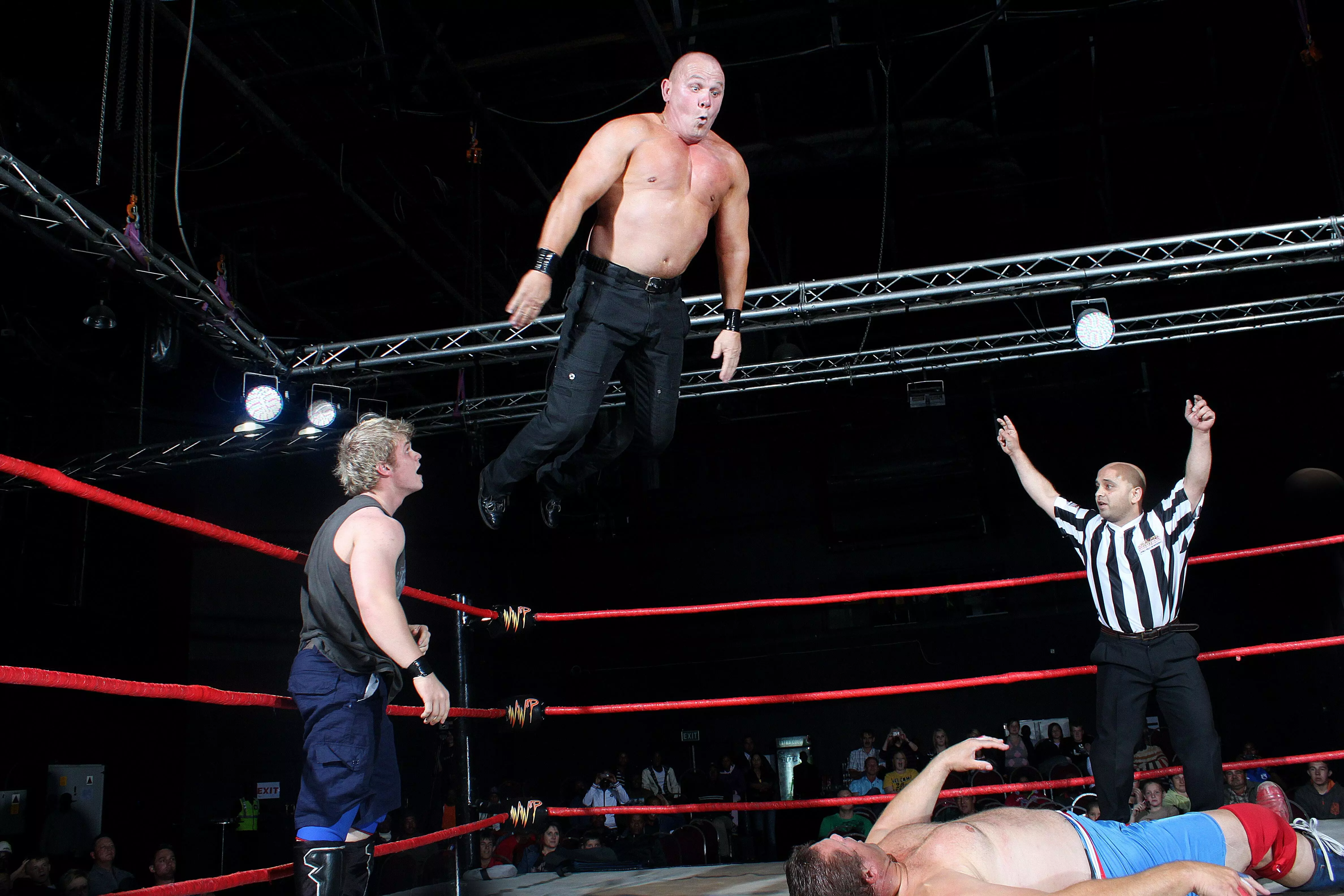GP- Article
7 Types of Wrestling That You Should Know About

Since World Wrestling Entertainment (WWE) provides wrestling fans with some of the funniest and most exciting entertainment on the planet, you're going to want to know where you can find the best events and what they're about.
Wrestling is a diverse sport, with many different types available. While most wrestling is limited to non-scripted events like the Olympics, attitudes are changing toward this. Read our expert guide to get to grips with what types of wrestling you can find globally.
What is Wrestling?
The popular combat sport of wrestling involves contestants utilizing grappling-type techniques to pin their opponent to the ground. The match automatically ends when players hold their challenger's shoulder blades to the mat for several seconds.
Nowadays, wrestling comes in tons of different styles and with varying rules. While an online sportsbook might give you insights into WWE futures, it's worthwhile to delve deep into the rich history of the sport. In fact, one can date the history of wrestling back over 15,000 years, which makes it one of the oldest and most interesting forms of combat.
Let's take a closer look at the other types of wrestling that exist.
Scripted Wrestling (Kayfabe Wrestling)
Since the 1950s, wrestling has often been adopted as a performing art, with the sport being both more entertaining and less dangerous when performed under scripted conditions. While all the stunts performed are real, the outcomes of the stunts are predetermined, practiced, and prepared for to negate the chances of injury. Kayfabe wrestling aims to make it look so real that the uninformed observer could believe it.
The most well-known example of Kayfabe wrestling is WWE. WWE took all previous attempts at pro wrestling to another level with massive stunts, larger-than-life characters, and dramatic (while also often hilarious) storylines.
Freestyle Wrestling
As one of the two major types of wrestling used in the Olympics and World Championships, Freestyle wrestling is a kind of unscripted shot wrestling where competing athletes attempt to pin one another to the ground. However, holding the opponent below the waist or using the legs for any defensive or offensive purpose is strictly prohibited.
Freestyle Wrestling is fascinating to watch, with various rules for each event. The current dominant freestyle wrestler is American Kyle Synder, with three successive Olympic Gold Medals.
Folkstyle Wrestling
Similar to Freestyle wrestling, the aim of Folkstyle is to pin your opponent down by holding them on their back for two seconds. However, Folkstyle competitions differ since there are authorized moves from the bottom position.
During Folkstyle competitions, wrestlers can only lock hands while trying to pin/takedown their opponent. Locking hands while riding is known as 'clasping' and is deemed illegal. Another way you lose points could be for stalling or fleeing the mat during your match. Alternatively, a competition could come to an early end by an opponent becoming a Technical Superiority. To do so in Folkstyle-competitions, wrestlers must beat their opponent by 15 points.
Greco-Roman Wrestling
Greco-Roman wrestling has been an Olympic Sport since the Olympics' modern foundation in 1896, and an unscripted tournament occurs every Olympics. Greco-Roman wrestling differs from freestyle, as holds below the waist are banned, and much of the focus is based on throws. With plans to appear again at the Paris 2024 Olympics, it sure will be entertaining to watch whether Cuban Luis Orta can defend his Gold medal.
Sumo Wrestling
As Japan's national sport, Sumo Wrestling originated in ancient times as a performance to entertain the Shinto deities. Wrestlers commonly weigh over 300 pounds and develop their technique and composition in sumo wrestling schools.
Sumo wrestlers compete dressed minimally - in trunks with a wide belt around their waist. They then square up to each other and perform a ritualized preparation for the contest. The competitors then charge at each other and try to drive one another out of a small wrestling ring.
Alternatively, either opponent can win by making their opponent touch the ground with a part of their body (other than their feet). Despite their physiques, sumo wrestlers are surprisingly agile and perform subtle swerves and feints to avoid their opponent's charge.
Bökh
Originating in Mongolia, Bökh is an important cultural activity and a rich tradition in the wrestling world. The name of the wrestling style itself translates as "firmness, reliability, vitality, wrestler". As a folk wrestling style of Mongols, the aim for competitors is to get their opponent to touch the ground with any part of their body (other than their feet). Wrestlers often grip each other's trunks or jackets.
Sambo
Sambo is relatively 'new' to the wrestling scene since its development began in the early 1920s by the Soviet NKVD and Red Army to improve the combat abilities of servicemen. It was intended to be a merger of the most effective techniques of other martial arts. Similar to judo and jujutsu, Sambo also incorporates various styles of wrestling and different self-defence techniques.
